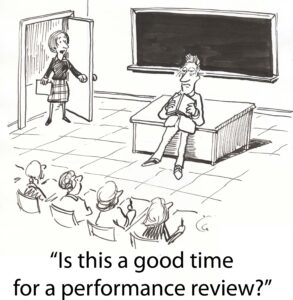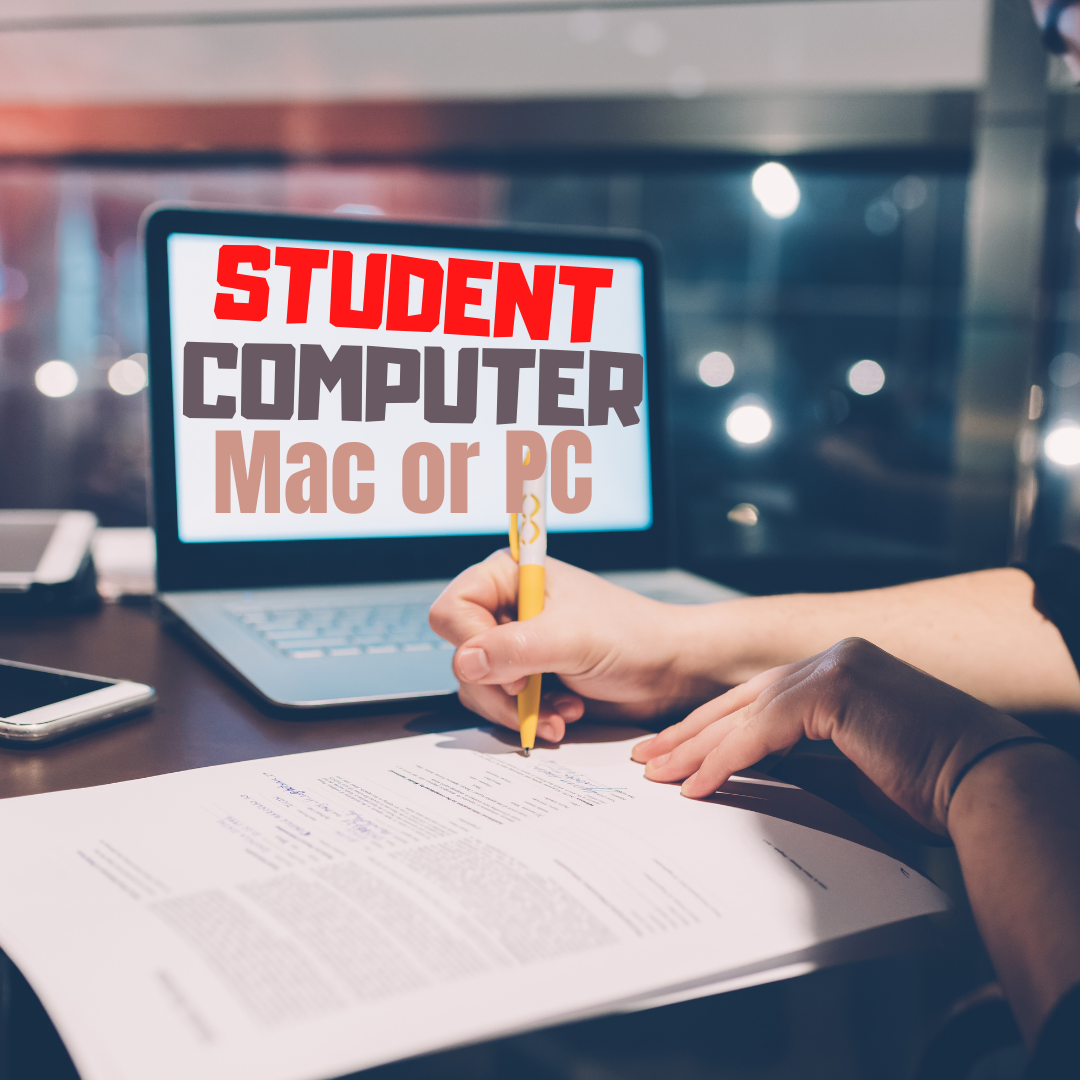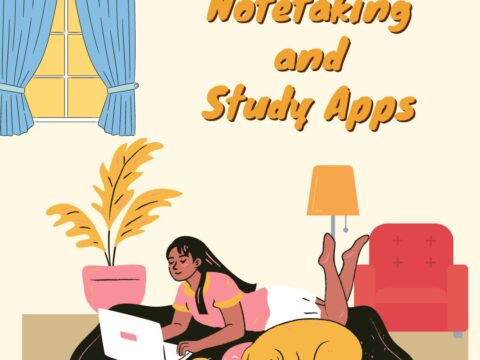It’s always a challenge to evaluate teachers. I’ve been through many systems, often different each year, and honestly, none seems better than the other. But Christian Miraglia, Education Consultant and part of the Ask a Tech Teacher crew, suggests asking students to evaluate the teacher. Here’s how that would work:
A Teacher’s Best Evaluator
Years ago, I was involved in an effort to restructure my school district’s teacher evaluation system. Months of work were put into the project, which focused on a professional growth model and also allowed for the traditional method of checking the boxes. Hours of research and meeting with other districts took place. One might ask about your typical administrative evaluation, but if you have gone through these, they are cursory and don’t do much to improve your actual instruction. So I was prompted to think about teacher evaluations and their effectiveness. Who ultimately is the best person to analyze the teaching? I concluded with the students. After all, the students are with you daily. They observe teachers at their best and their not-so-effective moments.
Wait a minute, some might say. “Students are evaluating teachers; they do that on social media and Rate your Teacher. And it is ugly.” Acknowledged, it can be ugly. However, if an environment of trust is established, one might be surprised by the results.
If a teacher wants a good picture of how teaching impacts students, I suggest using a Google Form survey or Microsoft forms. This approach is low-tech as it is pushed out to the students to the teacher’s choice of platforms.
During my years in the classroom, I created Google forms and then posted them on Canvas or pushed them out via email. I prefer posting them on an LMS as I found that my students did not check their email often. I can hear some students remarking; I have 1000 messages in my inbox. I would see that they hadn’t checked their email for a year. However, on Canvas, the assignment was posted and was readily available. I would also use the Canvas Announcement function to direct them to the task.
 If teachers are using an LMS such as Canvas, I would also recommend utilizing the platform’s quiz function as it can also capture student responses. Moreover, the teacher can analyze the data like Microsoft or Google Forms.
If teachers are using an LMS such as Canvas, I would also recommend utilizing the platform’s quiz function as it can also capture student responses. Moreover, the teacher can analyze the data like Microsoft or Google Forms.
Another approach is to use Flipgrid if students are comfortable responding through a video or audio recording. The recordings are done using the privacy settings so that other students do not see them. A simple prompt could be to review your teacher’s efforts during the year. Here the students could constructively use images and stickers.
When doing the assessment, I clarified to the students the purpose of the survey and emphasized that it had no bearing on their grades. My rationale was that I provided feedback throughout the year on their work, and now it is time that they do likewise for me. The form questions began with the basic information such as student ID and class period. Other questions on the form would ask for a rating of my teaching, participation in group work, and what activities they felt were the most engaging. I then used the form responses gathered on a spreadsheet to analyze the data from these responses. The information was insightful and guided me as I prepared for the next semester or year of instruction.
As a person constantly looking to improve my teaching, I highly recommend using forms to capture students’ thoughts on instruction. I found that, at times, I was insensitive to the needs of some individuals, or on the contrary, some students appreciated my understanding as they navigated through personal difficulties. As an instructional analysis tool, the data indicated which activities were successful and which did not connect with the students. In all of my years of teaching, no administrator accurately assessed instruction as well as my students did.
So look to your students to improve your teaching in the upcoming year. Harness the simplicity of Google Forms, Microsoft Forms, Canvas, or your preferred LMS.
Bio
Christian Miraglia is a recently retired 36-year educator and now Educational Technology Consultant at t4edtech where he also blogs at Edtech and Things Related. He can be found on Twitter @T4edtech, Linkedin, and on his YouTube Channel Transformative Edtech.
–images courtesy of Deposit Photo

Jacqui Murray has been teaching K-18 technology for 30 years. She is the editor/author of over a hundred tech ed resources including a K-12 technology curriculum, K-8 keyboard curriculum, K-8 Digital Citizenship curriculum. She is an adjunct professor in tech ed, Master Teacher, webmaster for four blogs, an Amazon Vine Voice, CSTA presentation reviewer, freelance journalist on tech ed topics, and author of the tech thrillers, To Hunt a Sub and Twenty-four Days. You can find her resources at Structured Learning.





































Our administrator started the beginning of the year evaluation with the question, “What do you hope to improve in this year and how can I help you?” The mid-year evaluation started with the question, “How have you progressed as a teacher so far and what do you hope to improve? Have I been helpful?” The end-0f-the-year evaluation included, “How do you feel about this year and what are your plans for next year? Have I been helpful?”
OK. Nothing stressful there, right? Was the evaluation subjective then?